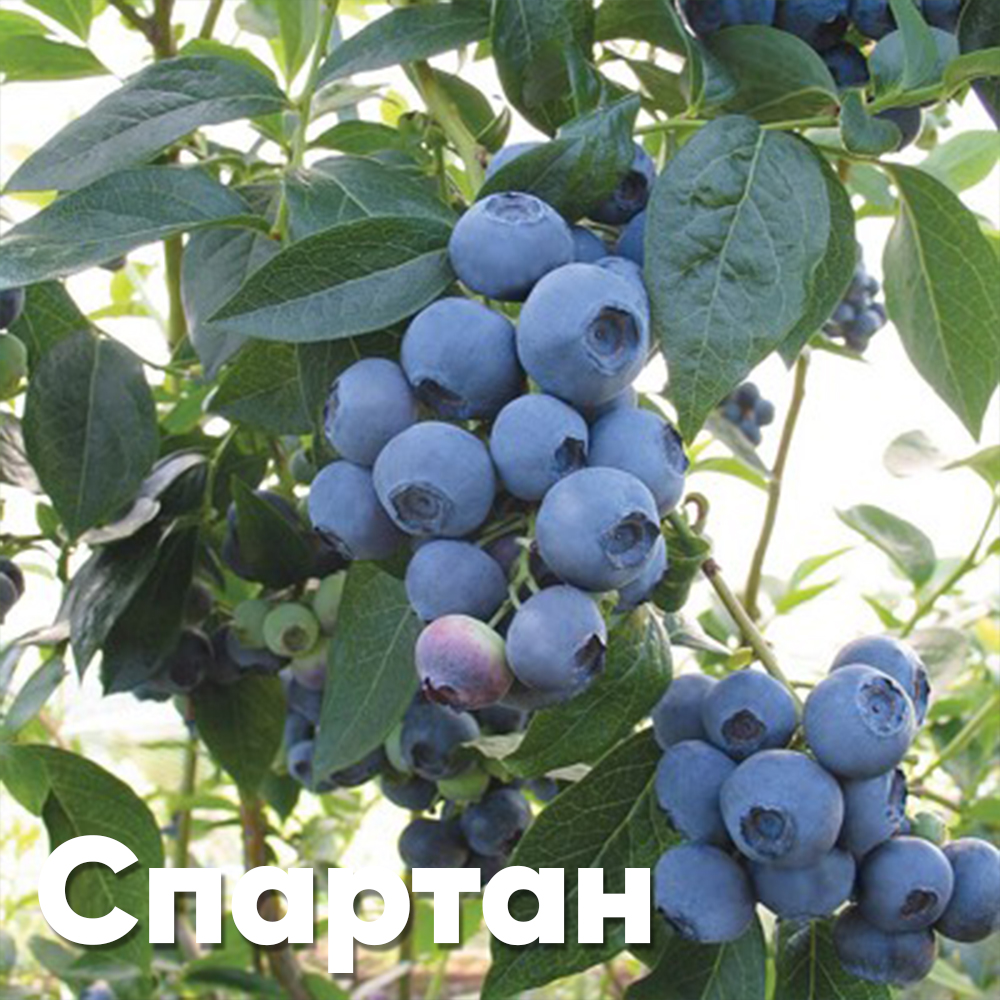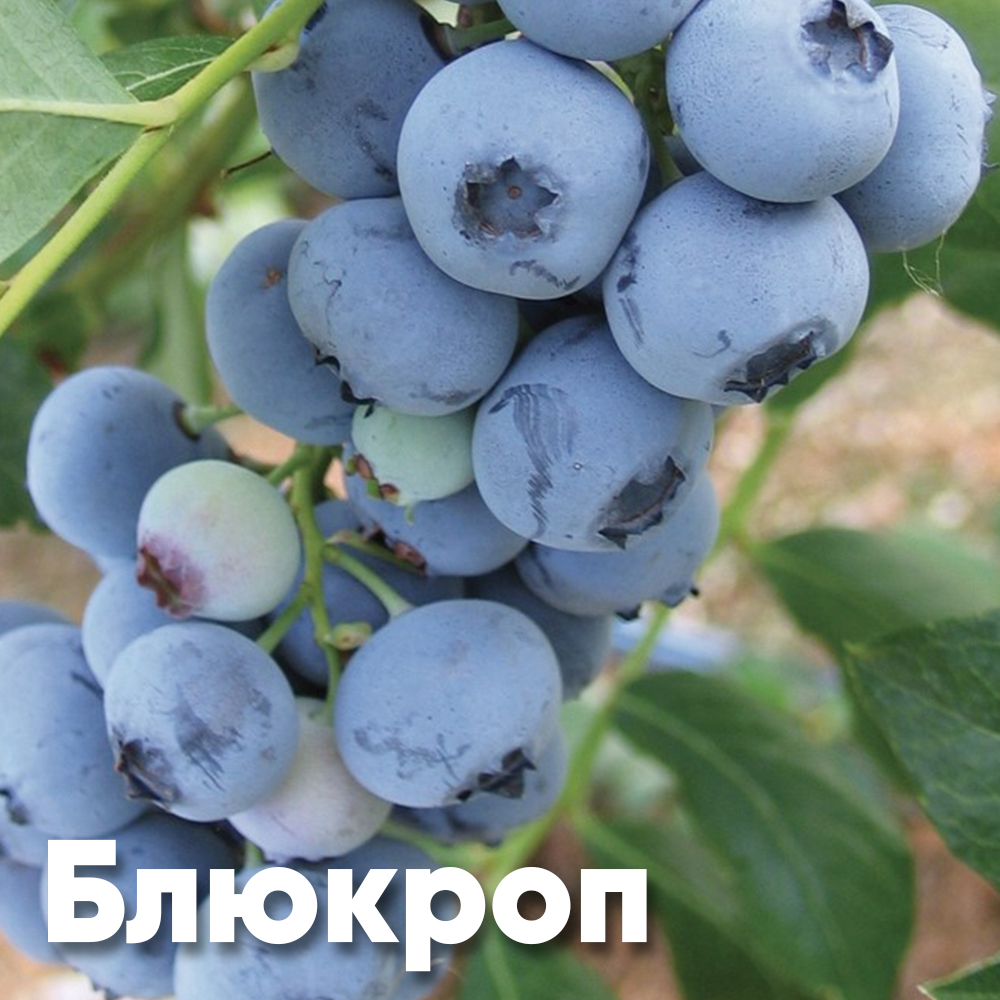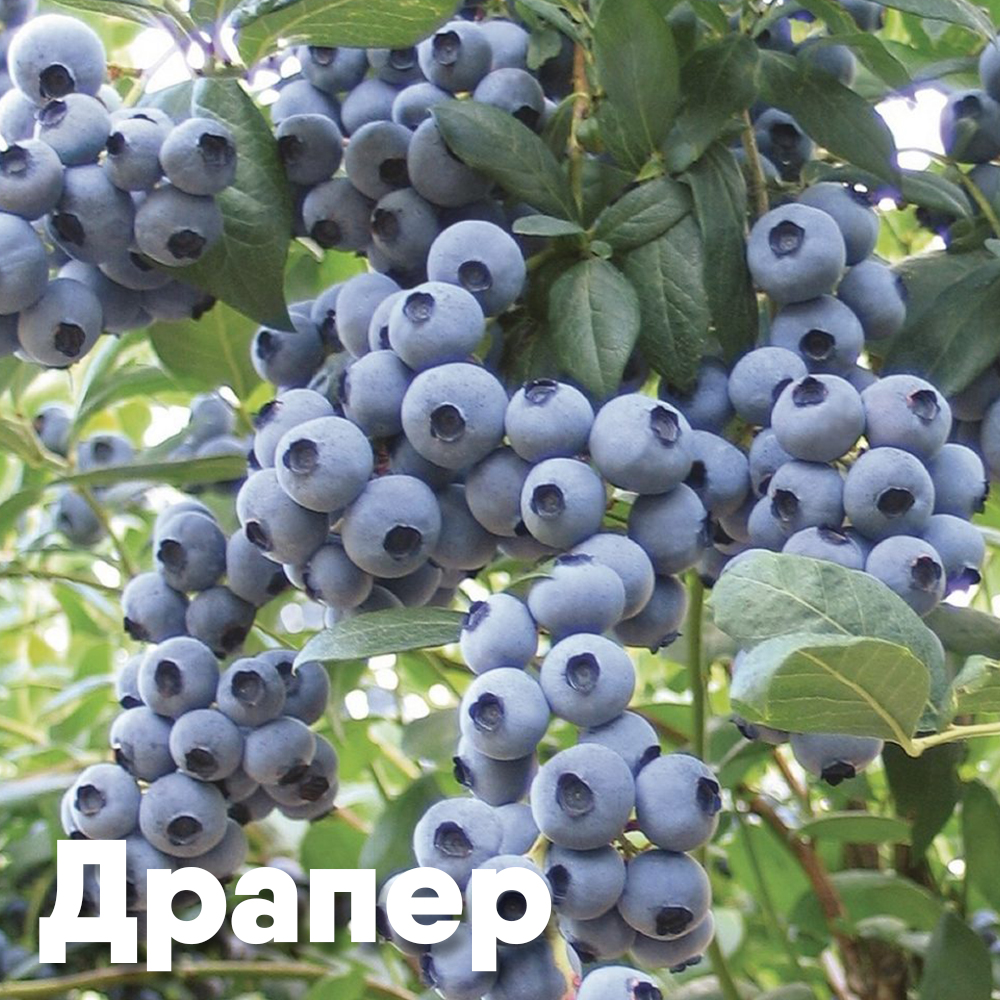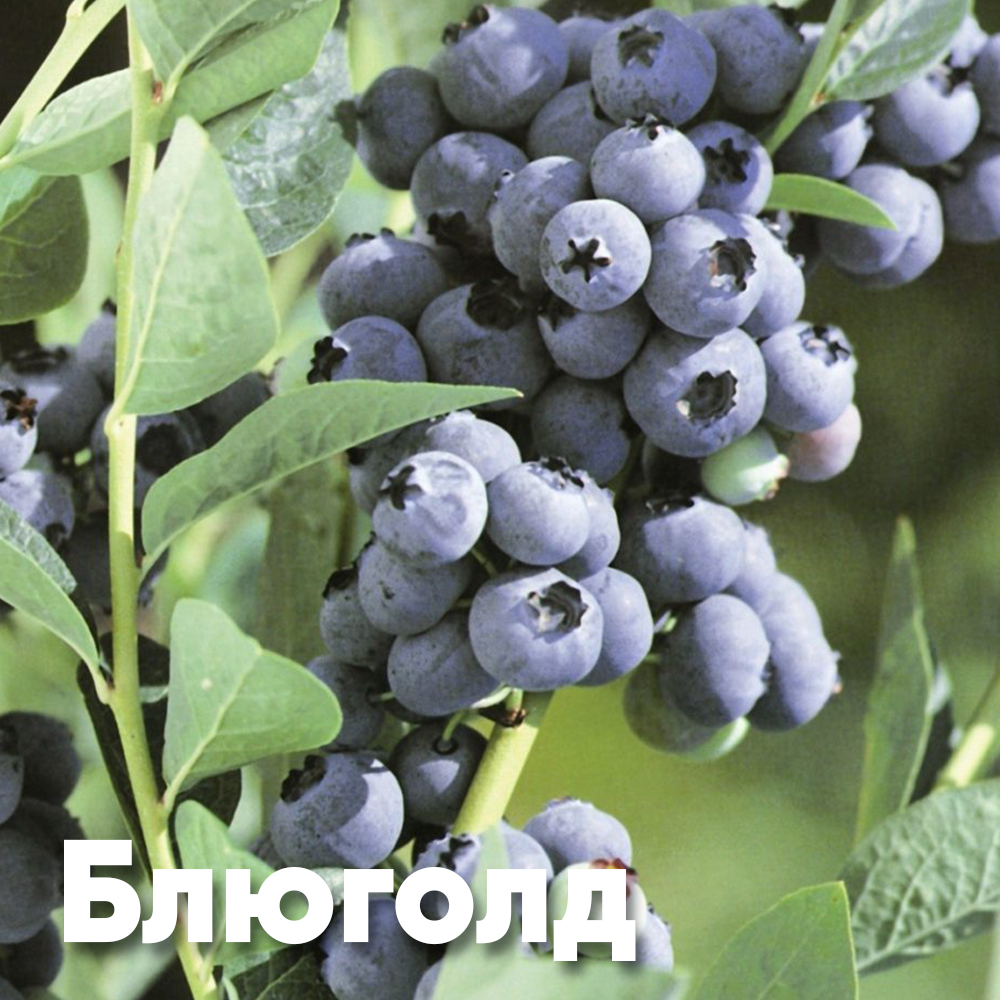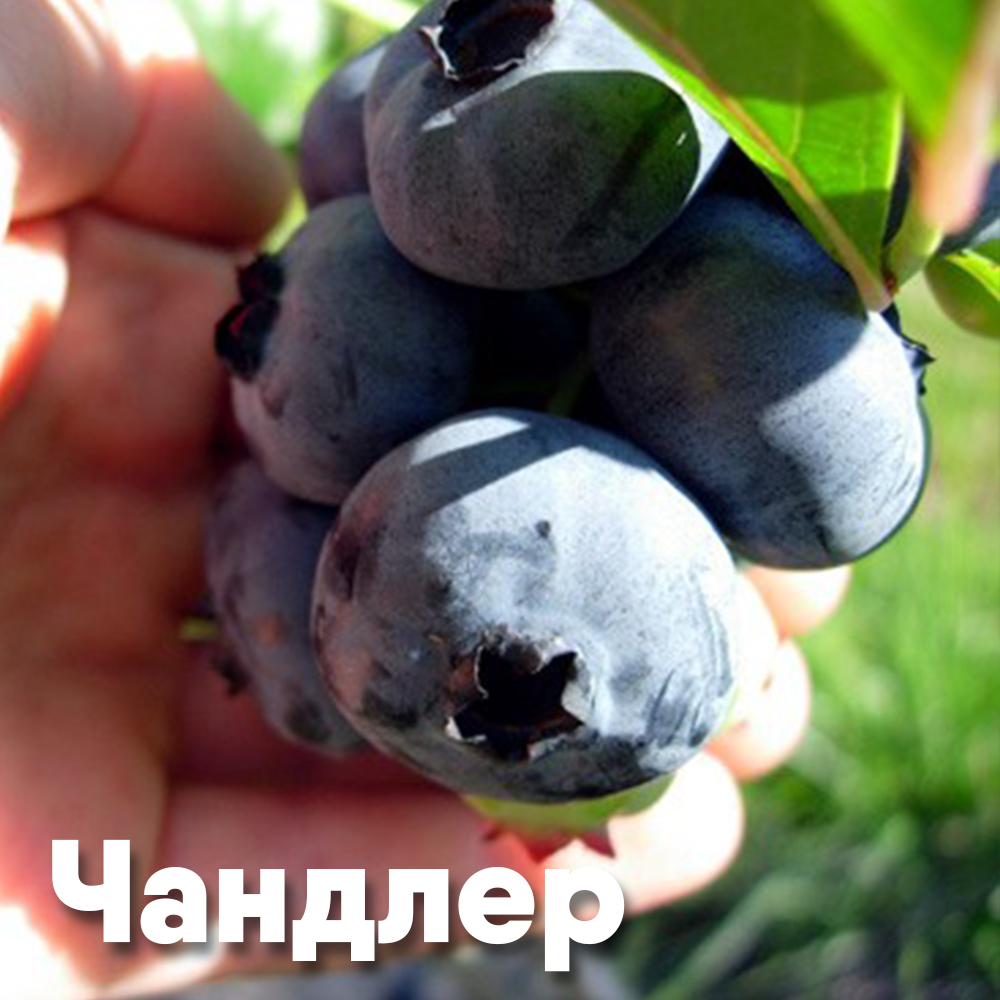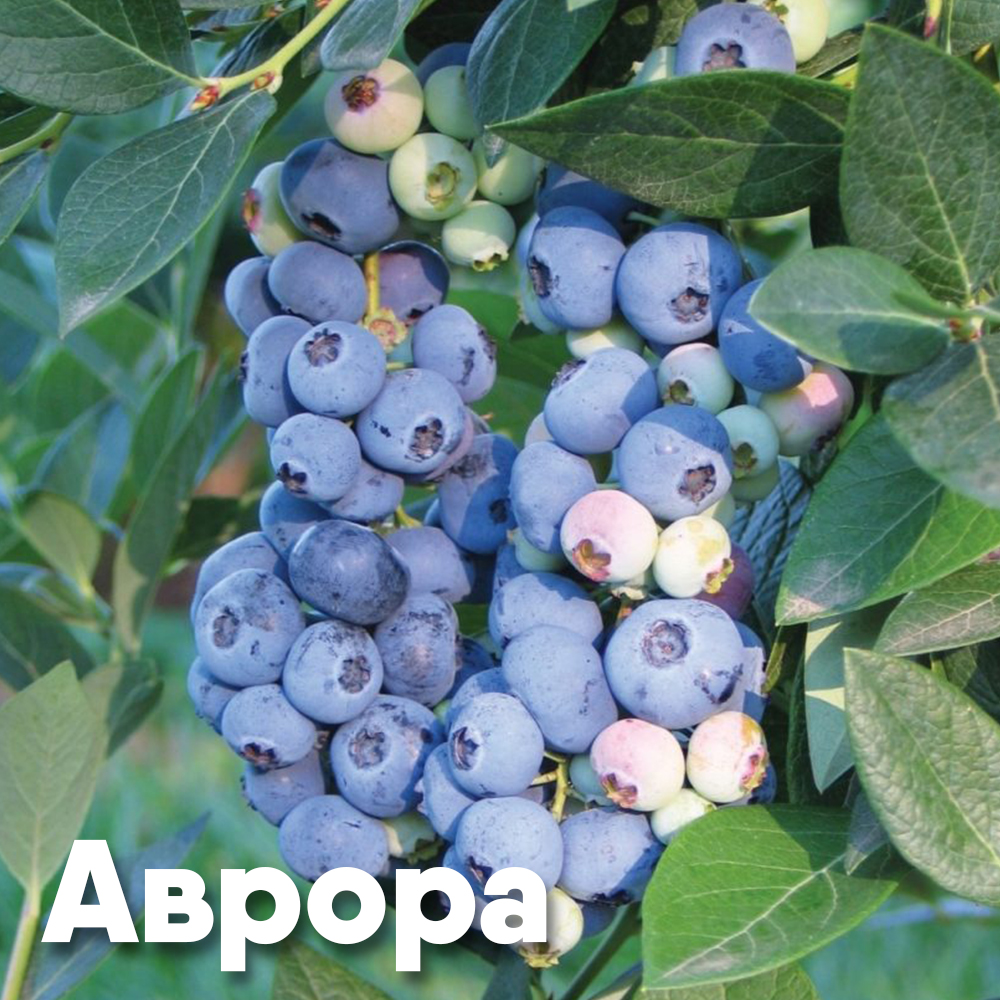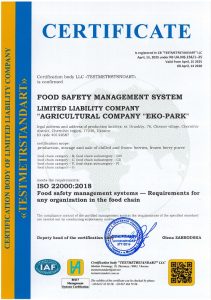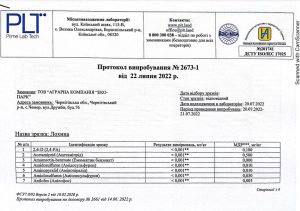Duke is the leading early-ripening variety of tall blueberry. Bred in 1986 in the USA. It is known for its high yield and quality berries of uniform size. On average, you can collect about 6 kg of berries from a bush. Duke’s mild taste improves when stored in the refrigerator. When growing, it is necessary to choose an area with well-drained soils of light mechanical composition and carefully observe the technology. This variety is suitable for both mechanized and manual harvesting. The Duke variety is free to distribute and does not require a license.
Use – fresh market, processing.
The berries are light blue in color, dense, with a mild taste, juicy and large (up to 2 cm). They ripen simultaneously in bunches.
The bush is earthy, erect, vigorous, 150-180 cm high, forms a large number of shoots.
Frost resistance is high, it can withstand temperature drops down to -34°C.
The collection season is from the beginning to the end of July (in the conditions of Northern Ukraine). The period between flowering and harvesting is only 45 days.
Duke is an early variety that is extremely adaptable to a variety of climates and placements. It is winter-hardy for northern regions and adapted for warm climates in southern Europe.

